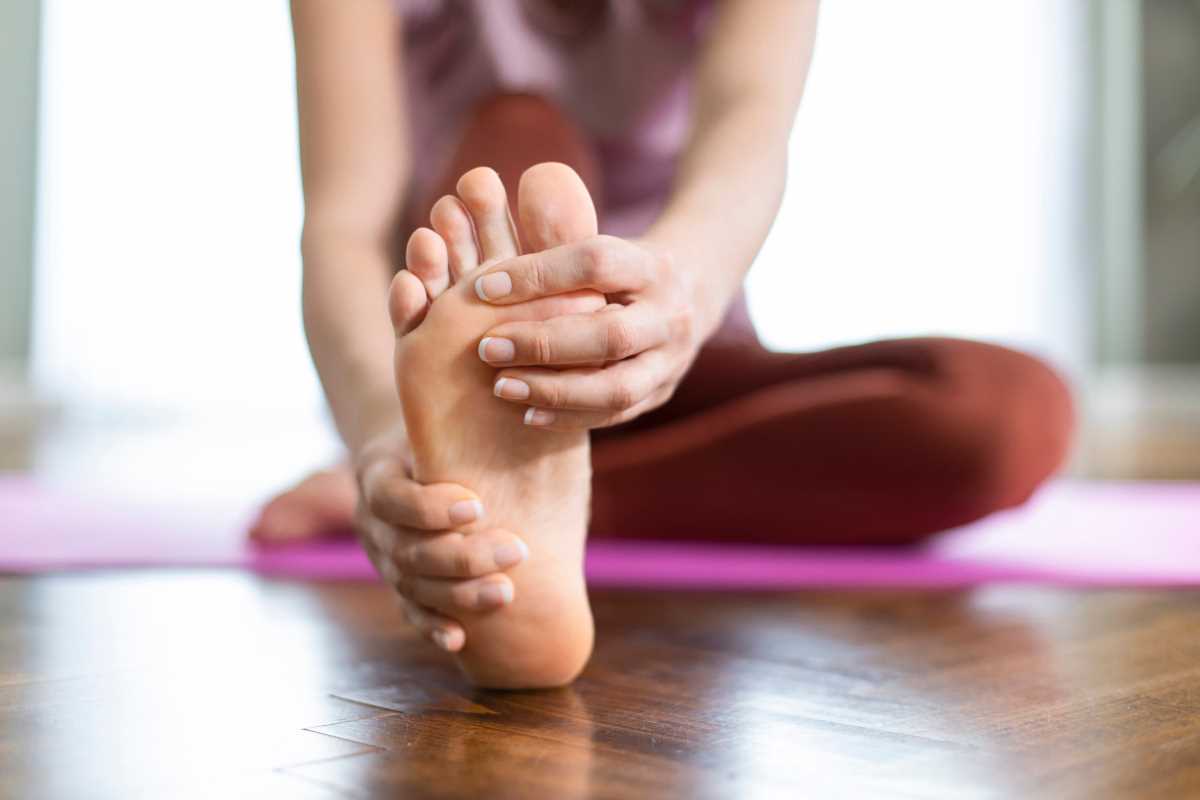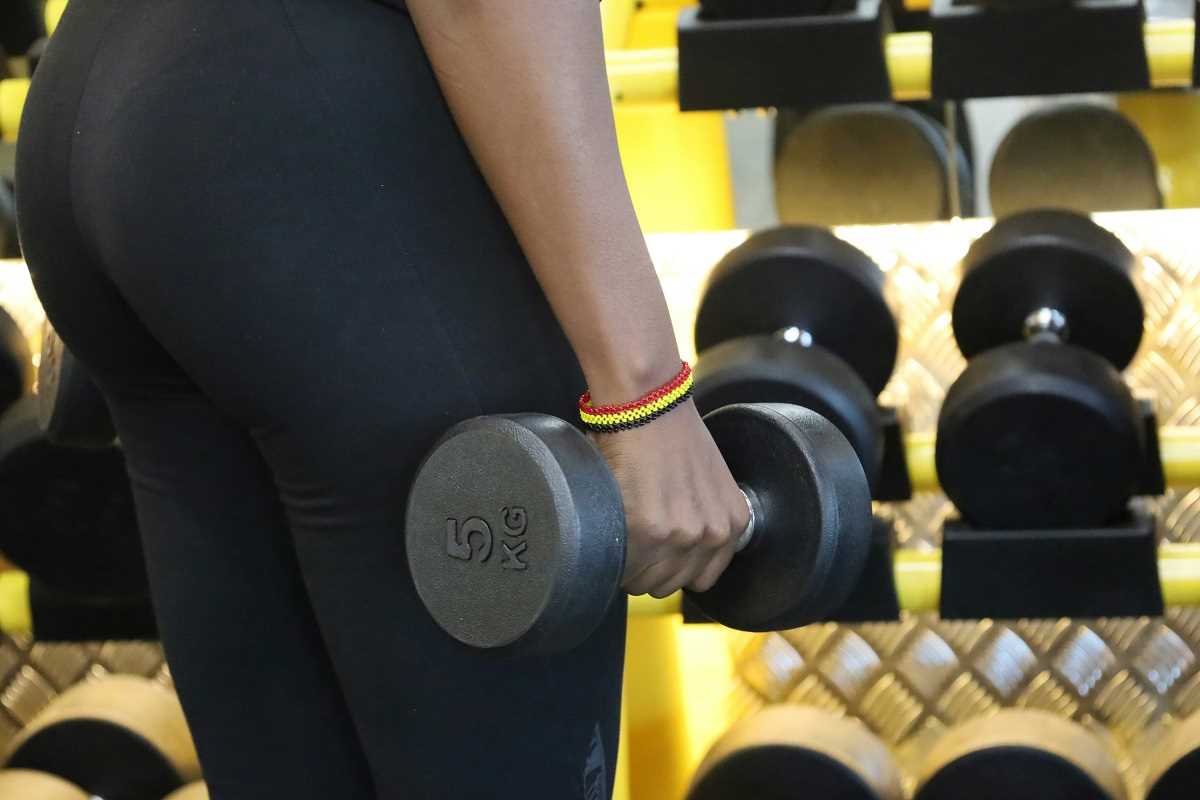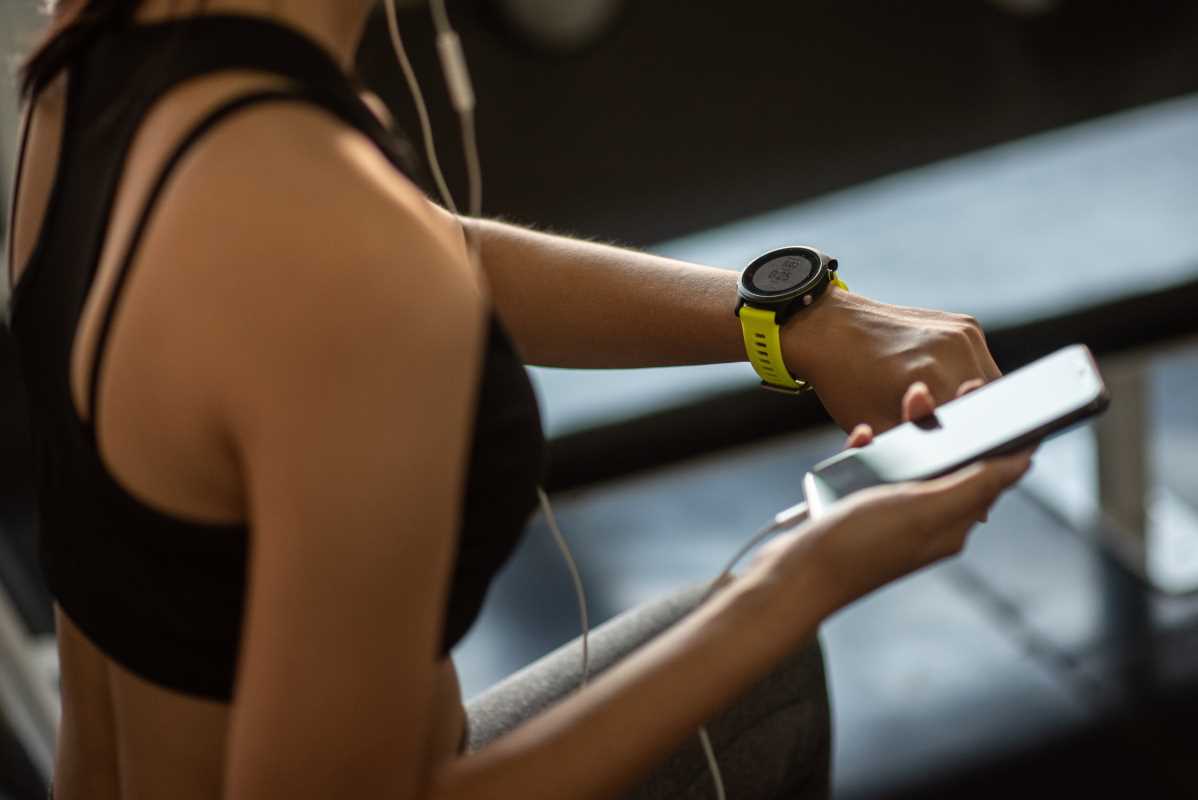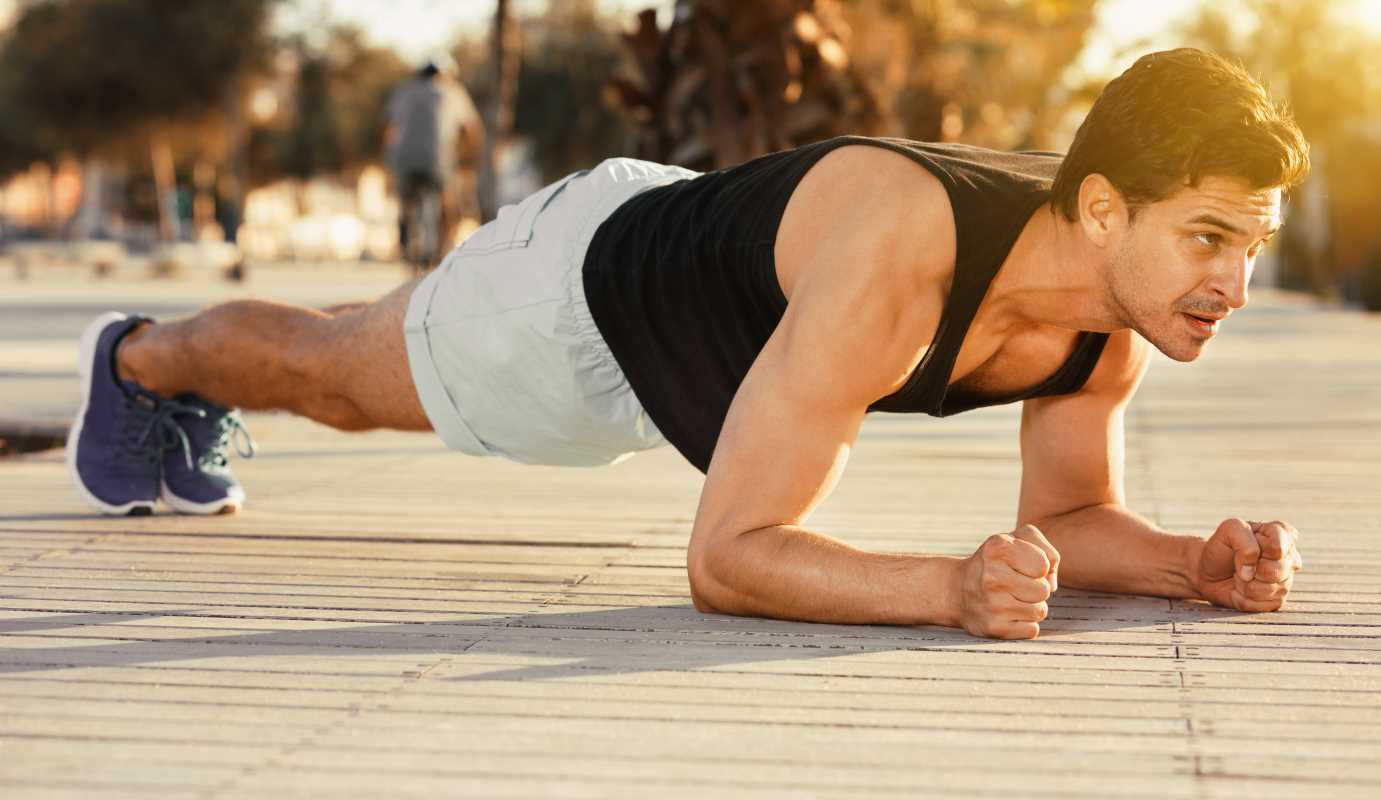Parkour goes beyond the thrill of leaping over obstacles or climbing up buildings; it embodies a disciplined art form that requires exceptional agility and flexibility. Enthusiasts of this dynamic practice constantly strive to refine their movement skills, ensuring they execute intricate stunts both safely and effectively. Mastery of advanced stretching techniques is crucial in this endeavor, enabling practitioners to expand their physical boundaries and maintain a competitive edge. Whether you're an experienced traceur or just beginning your journey, embracing these specialized stretching methods can profoundly enhance your performance, keeping you at the forefront of this exhilarating sport.
Understanding Parkour and Its Benefits
Parkour is a dynamic discipline that combines running, jumping, and climbing to navigate obstacles in the most efficient way possible. Beyond its impressive display of physical prowess, parkour offers numerous benefits:
- Enhanced Physical Fitness: Regular practice improves strength, endurance, and cardiovascular health.
- Increased Agility: Quick movements and rapid directional changes enhance overall agility.
- Mental Discipline: Parkour requires focus and strategic thinking to overcome obstacles.
- Creativity: Finding new ways to move through spaces cultivates creative problem-solving skills.
- Community and Camaraderie: Practicing with others builds strong social connections and support networks.
The Importance of Flexibility in Parkour
Flexibility serves as a cornerstone of effective parkour training. It allows athletes to perform moves with greater ease and reduces the risk of injury. Flexible muscles and joints contribute to fluid movement, enabling traceurs to execute landings, vaults, and flips more safely. Flexibility also enhances balance and coordination, which are crucial for maintaining control during dynamic actions. Without adequate flexibility, even the simplest movements can become challenging, limiting an athlete's potential and performance.
Incorporating flexibility training into your routine ensures that your body remains adaptable and resilient. It helps in stretching the range of motion, allowing for smoother transitions between movements and more efficient energy use. This adaptability proves essential for parkour practitioners who often face unpredictable environments and need to react swiftly to varying obstacles.
Advanced Stretching Techniques
- PNF Stretching (Proprioceptive Neuromuscular Facilitation): This technique involves alternating contractions and relaxations of the targeted muscle group, enhancing both flexibility and strength.
- Dynamic Stretching: Incorporating movements that mimic parkour actions, such as leg swings and arm circles, prepares the muscles for activity.
- Active Isolated Stretching (AIS): Holding each stretch for just a few seconds allows for deeper muscle elongation without causing fatigue.
- Ballistic Stretching: Using controlled, repetitive bouncing movements pushes the muscles beyond their normal range, improving elasticity.
- Static Stretching: Holding a stretch in a comfortable position for an extended period lengthens the muscles and increases overall flexibility.
Integrating Stretching into Your Routine
To fully benefit from advanced stretching techniques, incorporating them systematically into your training regimen proves essential. Start by dedicating specific times for stretching, such as before and after parkour sessions. Warming up with dynamic stretches prepares your muscles for the intense movements ahead, while static stretches post-training aid in recovery and flexibility gains.
Consistency remains key when it comes to stretching. Establish a routine that includes a variety of stretching methods to target different muscle groups. For example, combine PNF stretching with dynamic movements on training days and reserve static stretching for recovery days. Pay attention to your body's responses and adjust the intensity and duration of stretches accordingly to avoid overstraining or injury.
Common Mistakes to Avoid
Even with the best intentions, it's easy to make mistakes when incorporating stretching into your parkour training. One common error involves neglecting to warm up properly before stretching, which can lead to muscle strains or injuries. Always start with a light warm-up to increase blood flow and prepare your muscles for stretching.
Another mistake involves pushing too hard during stretches. Flexibility should gradually improve over time; forcing a stretch can cause damage and hinder progress. It's important to listen to your body and stretch to a point of mild discomfort, not pain. Skipping stretching altogether in hopes of saving time can limit your mobility and performance. Make stretching a non-negotiable part of your training to reap the full benefits.
Incorporating stretching techniques is vital for parkour practitioners aiming to enhance their mobility and overall performance. By understanding the importance of flexibility, utilizing advanced stretching methods, and avoiding common pitfalls, athletes can elevate their training and push the boundaries of what's possible in parkour.
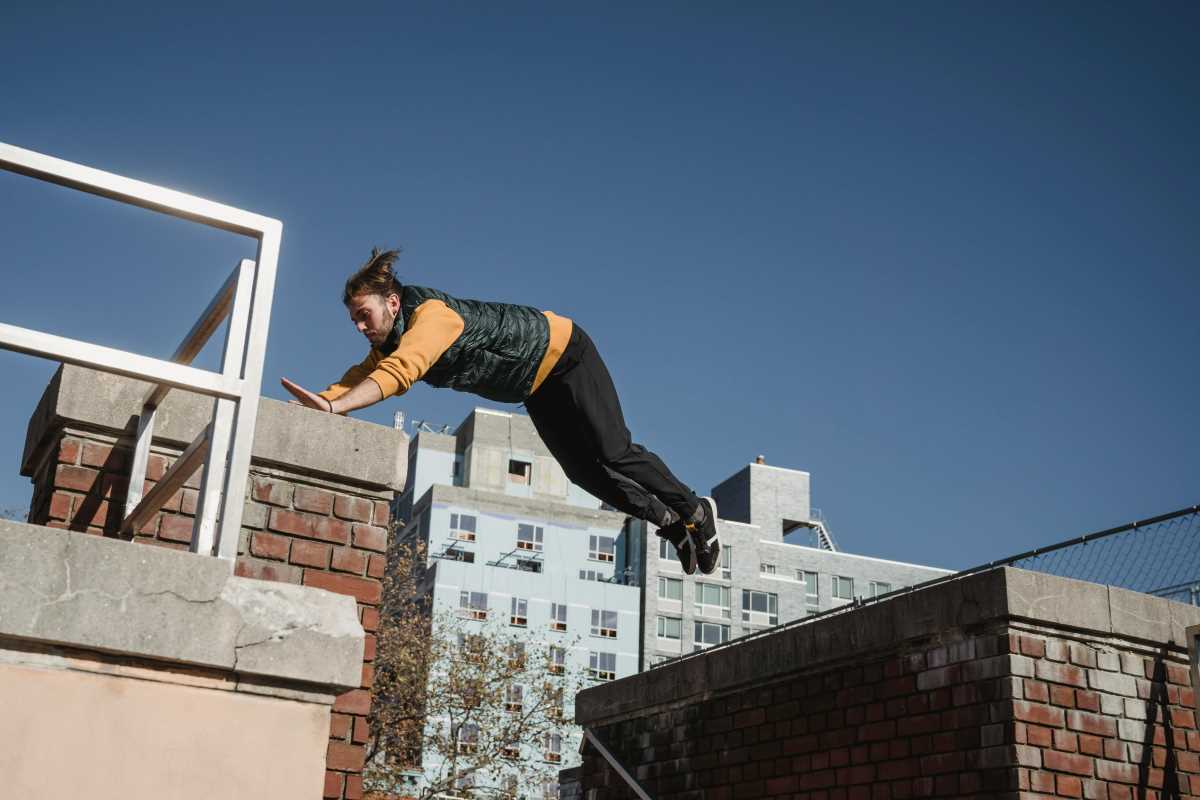 (Image via
(Image via
